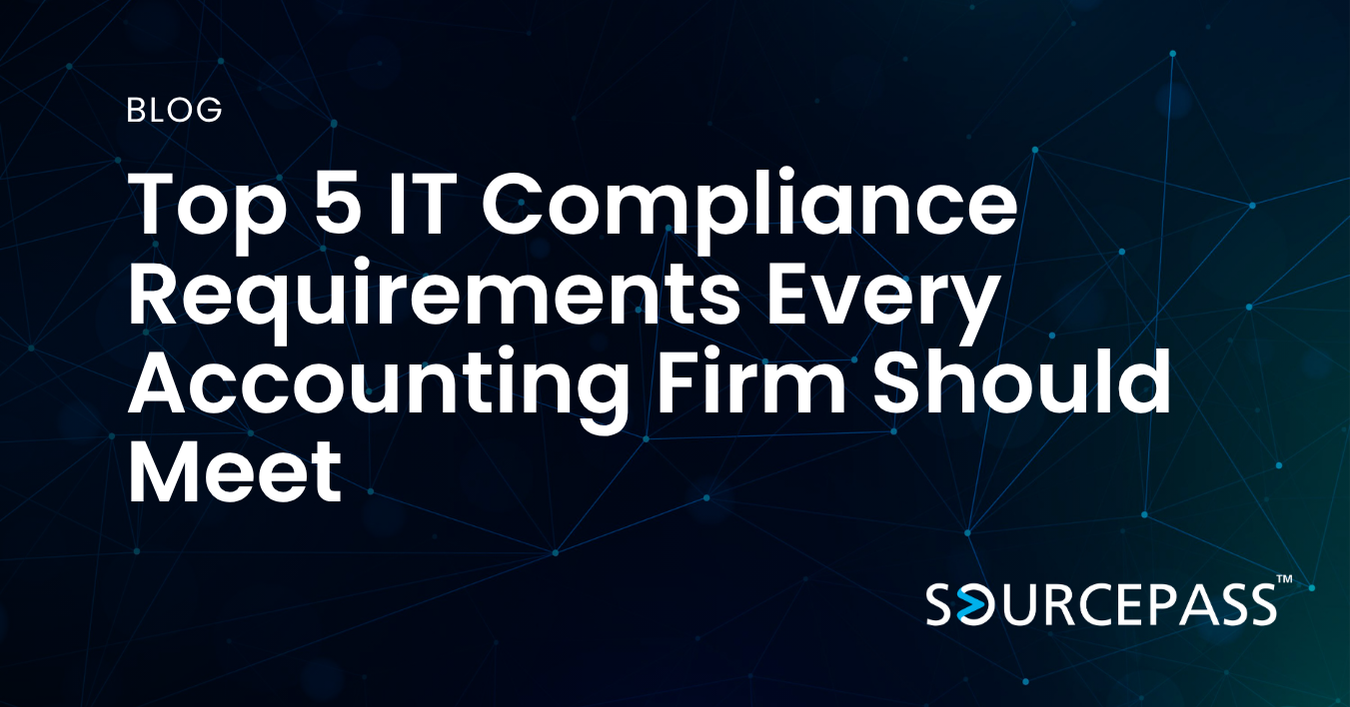Security Risks of an Unmanaged Tech Stack
Apr 04, 2025 Alex Davis Security & Compliance 2 min read



Businesses rely on a variety of software tools to manage operations, communicate with clients, and store sensitive data. However, an unmanaged tech stack—one filled with outdated, unsupported, or redundant software—can create significant security vulnerabilities. Cyber threats are constantly evolving, and without proper oversight, businesses risk data breaches, compliance violations, and operational disruptions.
The Security Risks of an Unmanaged Tech Stack
Outdated and Unsupported Software
Many businesses continue using outdated software because it “still works.” However, once a vendor stops providing updates and security patches, vulnerabilities remain unaddressed, making these systems an easy target for hackers. Exploiting known vulnerabilities in legacy software is one of the most common ways cybercriminals infiltrate networks.
Lack of Centralized Oversight
A fragmented tech stack often leads to inconsistent security policies and a lack of visibility into potential risks. When IT teams don’t have control over all the software being used—especially shadow IT (unauthorized applications installed by employees)—they cannot properly enforce security measures.
Increased Attack Surface
Every additional application in a business’s environment represents a potential entry point for attackers. If businesses fail to monitor and manage integrations, user access, and authentication settings, they leave the door open for cyber threats.
Compliance and Regulatory Violations
Many industries have strict compliance requirements, such as GDPR, HIPAA, or SOC 2. Unmanaged software may fail to meet these regulations, exposing businesses to legal risks and financial penalties.
Weak Identity and Access Management (IAM)
When employees have multiple applications with different login credentials, poor password hygiene becomes a concern. Without centralized identity management and multi-factor authentication (MFA), attackers can easily exploit weak or reused passwords to gain unauthorized access.
How to Fix an Unmanaged Tech Stack and Improve Security
Conduct a Tech Stack Audit
Start by identifying all the software tools in use at your business. Categorize them based on:
- Active vs. outdated/unsupported software
- Necessary vs. redundant applications
- Security compliance and patch history
Eliminate Unnecessary and Risky Software
After auditing, remove applications that are no longer needed, unsupported by vendors, or introduce security risks. Consolidating overlapping tools reduces complexity and minimizes security threats.
Standardize and Consolidate Software
Adopt a standardized tech stack that aligns with your business needs while ensuring security best practices. Choose vendors with a strong track record of timely security updates and compliance certifications.
Implement Centralized Security Policies
Ensure all software solutions adhere to business-wide security policies, including:
- Enforcing Multi-Factor Authentication (MFA)
- Using Single Sign-On (SSO) for centralized authentication
- Restricting access to sensitive data based on user roles
Automate Updates and Patch Management
Regularly updating software is crucial to prevent vulnerabilities. Implement automated patch management solutions to ensure security updates are applied as soon as they become available.
Train Employees on Security Best Practices
Employees are often the weakest link in cybersecurity. Provide training on:
- Recognizing phishing attempts
- Secure password management
- Avoiding unauthorized software installations
Monitor and Continuously Improve Security
Use security monitoring tools to detect and respond to threats in real-time. Conduct regular security assessments and penetration testing to identify and address vulnerabilities proactively.
Learn more about the Sourcepass solution stack
Improve your cybersecurity posture, reduce risks, and build a more secure and resilient IT environment.
Contact Sourcepass to speak with a Sourcepass Specialist to learn more!
Subscribe To
Sourcepass Insights
Sourcepass Insights
Stay in the loop and never miss out on the latest updates by subscribing to our newsletter today!
.png?width=500&height=100&name=White%20Logo%20-%20Transparent%20Tag%20(3).png)



